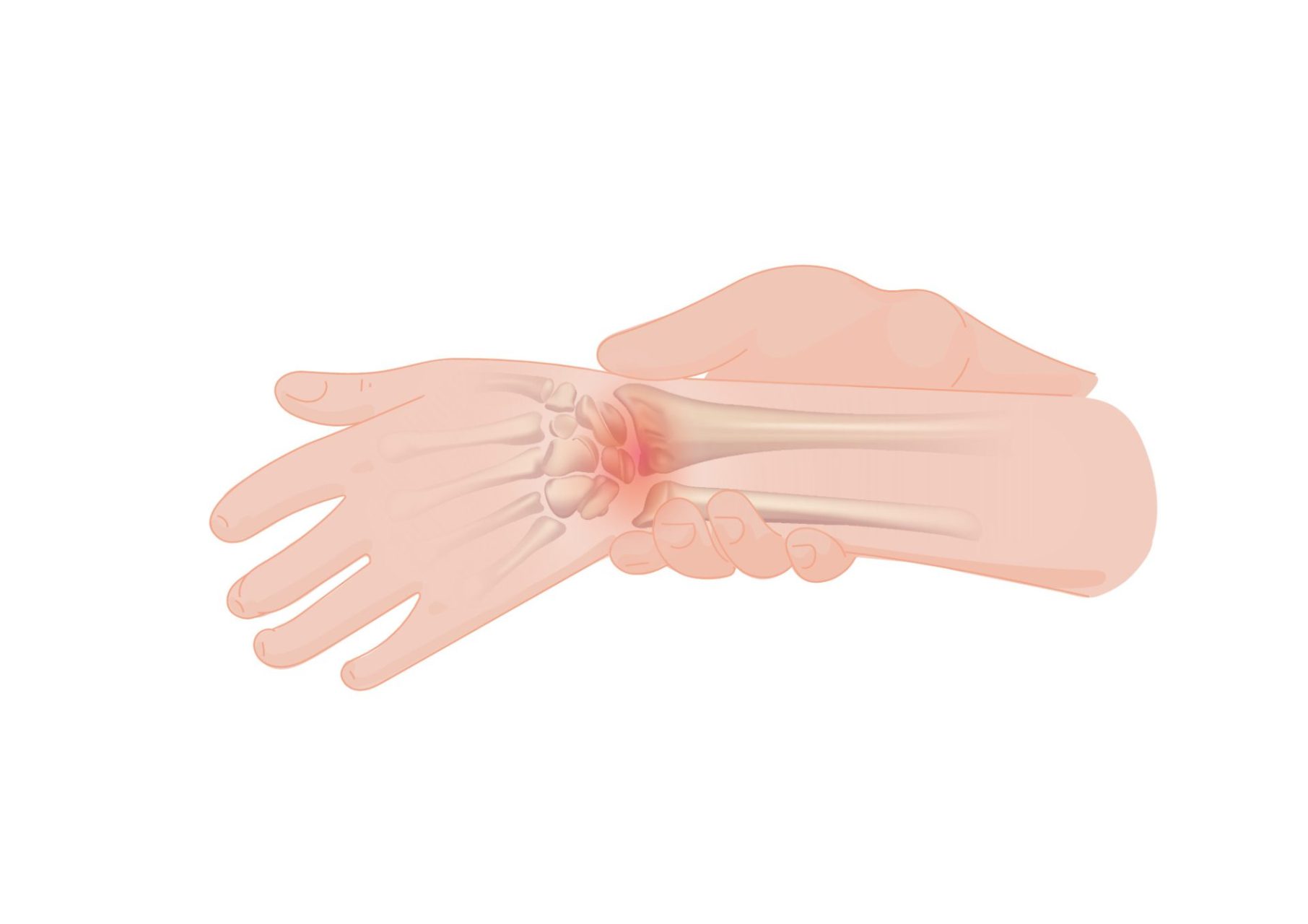Wrist impingement refers to a condition where there is compression or irritation of structures within the wrist joint, resulting in pain, limited range of motion, and difficulty performing daily activities. It can occur due to various factors such as repetitive wrist motions, overuse, trauma, or underlying conditions like arthritis.
Managing wrist impingement requires a comprehensive approach to alleviate pain, improve wrist function, and restore mobility. Physiotherapy plays a crucial role in the treatment process, helping individuals reduce pain, restore range of motion, improve motor control, and strengthen the wrist.
The treatment of wrist impingement typically involves following the 5 stages of rehab:
- Pain management: The initial focus is on managing pain and reducing inflammation in the affected area. Physiotherapists may employ various techniques such as manual therapy, soft tissue mobilization, and modalities like ice therapy to alleviate pain. They may also recommend the use of splints or braces to provide support and reduce stress on the impinged structures.
- Range of motion: Once pain is under control, the emphasis shifts to restoring normal range of motion in the wrist. Physiotherapists prescribe gentle stretching and range of motion exercises to improve flexibility and alleviate stiffness. These exercises aim to gradually increase the mobility of the wrist joint and prevent joint stiffness.
- Motor control: This stage focuses on improving motor control and coordination of the wrist. Physiotherapists prescribe specific exercises to enhance muscle activation and proprioception, such as wrist circles, wrist flexion/extension exercises, and grip strengthening exercises. These exercises aim to improve the individual’s ability to control and stabilize the wrist during functional activities.
- Strengthening: Strengthening the muscles surrounding the wrist is crucial for restoring stability and improving overall wrist function. Range physiotherapists will design a personalized exercise program that targets the muscles of the forearm, hand, and wrist. This may include exercises using therapy putty, hand grippers, or resistance bands to gradually build strength and endurance.
- Maintenance and prevention: The final stage focuses on maintaining the gains achieved through rehabilitation and preventing future impingement. Range physiotherapists provide guidance on proper ergonomics and body mechanics during daily activities to minimize stress on the wrist. They may also advise individuals on exercises and strategies to maintain wrist health, such as regular strengthening exercises and modifications to activities that involve repetitive wrist movements.
In addition to physiotherapy, other treatment options for wrist impingement may include medication to manage pain and inflammation, corticosteroid injections to provide temporary relief, and in some cases, surgical interventions to address underlying structural issues.
It is important to work closely with a qualified physiotherapist who specializes in treating wrist impingement. Range physiotherapists will assess your condition, develop a tailored treatment plan based on the stages of rehab, and monitor progress throughout the rehabilitation process. With proper treatment, exercises, and modifications to activities, individuals with wrist impingement can experience reduced pain, improved wrist function, and a return to their desired level of activity.
For more information regarding wrist impingement please see: https://www.ncbi.nlm.nih.gov/pmc/articles/PMC9036339/


